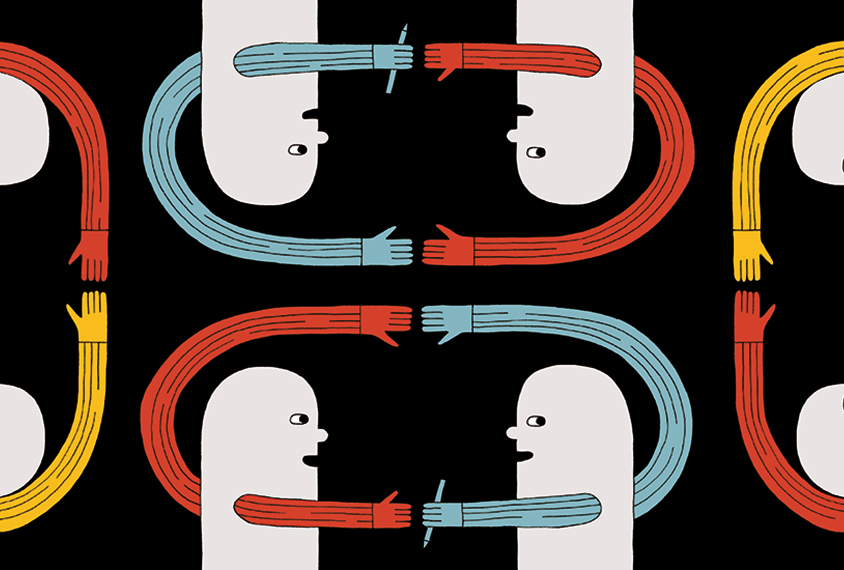
Zachary J. Williams
M.D./Ph.D. student
Vanderbilt University
From this contributor
Designing autism-friendly trials: Q&A with Caroline Averius and Zachary Williams
The pair’s new guidebook offers practical steps to make clinical trials easier and more meaningful for autistic participants.

Designing autism-friendly trials: Q&A with Caroline Averius and Zachary Williams
A new hub for participatory research: Q&A with Zachary Williams
Last month, the International Society for Autism Research launched the INSAR Community Collaborator Request (ICCR), an online forum to foster collaborations between autistic people and autism researchers. Its creator, Zachary Williams, explains how researchers can make the most of this new resource.

A new hub for participatory research: Q&A with Zachary Williams
Measuring alexithymia in autistic people
Despite the growing interest in alexithymia in autism research, the tools commonly used to measure this trait may not work reliably in autistic populations. A new scoring method fills that gap.

Measuring alexithymia in autistic people
Explore more from The Transmitter
Snoozing dragons stir up ancient evidence of sleep’s dual nature
Deep-sleep cycling between brain waves of higher and lower amplitude dates far back on the evolutionary tree, according to a new comparative study of mammals and reptiles.
Snoozing dragons stir up ancient evidence of sleep’s dual nature
Deep-sleep cycling between brain waves of higher and lower amplitude dates far back on the evolutionary tree, according to a new comparative study of mammals and reptiles.
The Transmitter’s most-read neuroscience book excerpts of 2025
Books by Nachum Ulanovsky, Nicole Rust, and Andrew Iwaniuk and Georg Striedter made the list of some of the year's most engaging neuroscience titles.

The Transmitter’s most-read neuroscience book excerpts of 2025
Books by Nachum Ulanovsky, Nicole Rust, and Andrew Iwaniuk and Georg Striedter made the list of some of the year's most engaging neuroscience titles.
Neuroscience’s leaders, legacies and rising stars of 2025
Here are seven stories from the past year about some of the field’s most engaging figures.

Neuroscience’s leaders, legacies and rising stars of 2025
Here are seven stories from the past year about some of the field’s most engaging figures.